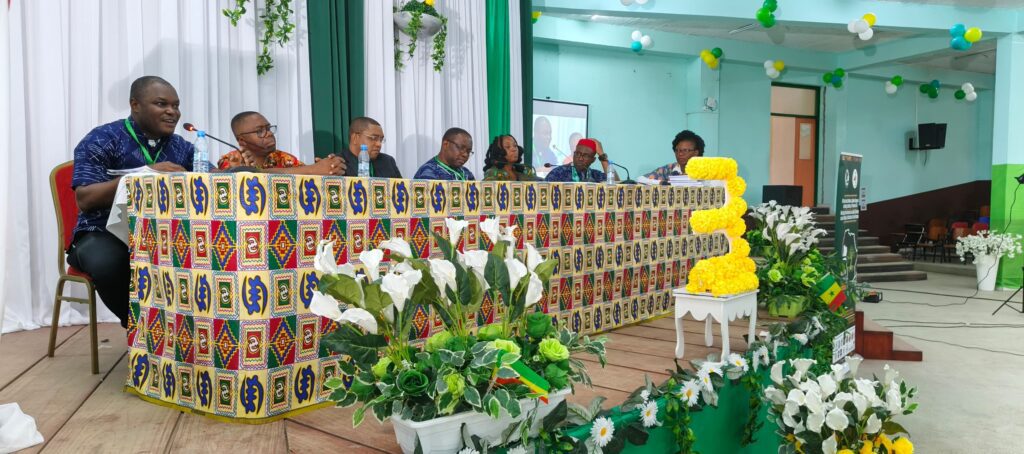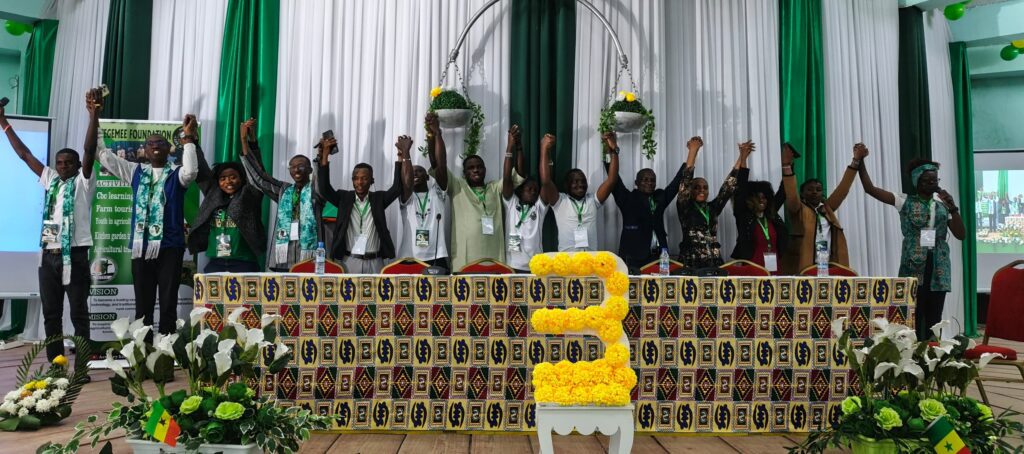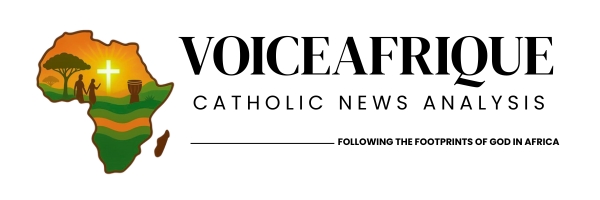
In a landmark moment for African Catholicism, the Symposium of Episcopal Conferences of Africa and Madagascar (SECAM) unveiled a sweeping 25-year strategic vision at the III Pan-African Catholic Jubilee Congress (PACTPAN) in Abidjan. The plan, described by Church leaders as a transformative roadmap, aims to redefine the African Church’s role in evangelisation, leadership, self-reliance, and societal renewal. Developed through years of theological reflection and continent-wide consultation, the vision was presented not as an abstract ideal but as a practical framework for action. The message was clear: the African Church is stepping boldly into its future—with courage, identity, and purpose.
A Synodal Church of Co-Responsibility
Fr Alfred Bebodu introduced SECAM’s threefold mission: to combat inequality, uphold human dignity, and build a Church that serves and leads. Central to this mission is a synodal model, one that emphasises fraternity, shared responsibility, and inclusive governance.
Fr Vitalis Anaehobi expanded on the vision’s structure, outlining 12 foundational pillars. The first four were highlighted below:
Pillar One: Evangelisation Rooted in Witness
The story of Cipriano Parite, a Mozambican catechist martyred during civil unrest, served as a powerful symbol of faith in action. His sacrifice echoed the biblical mandate of Matthew 28:19: “Go therefore and make disciples of all nations.” Speakers emphasised that evangelisation in Africa must be both explicit and transformative—shaping culture, strengthening families, and guiding public life beyond Sunday worship.
Pillar Two: From Dependency to Self-Reliance
The Diocese of Wa in Ghana showcased a successful transition from foreign aid to local sustainability through agricultural initiatives and entrepreneurship. A Zambian proverb cited during the session—“The hand that receives is always beneath the hand that gives”—underscored the urgency of economic maturity. Examples like Kisumu’s parish-funded farming projects illustrated that self-reliance is not just financial but a reflection of dignity and stewardship.
Pillar Three: Leadership as Family
The late Bishop Zephyren Toé of Burkina Faso was honoured as a model of pastoral leadership rooted in familial care. His personal engagement with priests and their families exemplified a collaborative and compassionate style. Speakers called for leadership modelled on Christ’s humility—listening, empowering youth and women, and fostering transparency. Across the continent, examples of inclusive governance are already bearing fruit.
Pillar Four: Missionary Discipleship for All
Lay leaders like James Duol Kai of South Sudan, whose home became a hub for prayer and catechesis, illustrated the fourth pillar: missionary discipleship for every baptised person. The Congress emphasised that the mission is no longer the sole domain of clergy. It now includes environmental stewardship, intergenerational catechesis, and parish renewal. Practical steps include revising formation programmes and integrating women into leadership roles.
Beyond the Core Pillars
The vision expands into ten additional priorities, including:
Ecological Evangelisation: Promoting environmental cleanup and community awareness
Youth Empowerment: Preparing young people for leadership roles
Justice, Peace, and Rural Development: Strengthening Catholic Action groups and revitalising conflict-affected communities
Ecumenism and Interreligious Dialogue: Building bridges with Pentecostals, Evangelicals, and traditional faiths
Technology and Ethics: Guiding digital engagement with Gospel-rooted values
Education as a Catalyst
Fr. Thomas Tchoungi challenged Catholic universities to embody the vision, arguing that education is key to forming leaders who combine intellectual depth with moral integrity and pastoral sensitivity.
A Roadmap for the Future
Fr. Stan Chu Ilo, coordinating servant of PACTPAN, described the vision as “the first real roadmap for the African Church and society.” He stressed that it is designed to be measurable and locally adaptable. “What gets measured gets done,” he said, urging robust implementation and monitoring. Fr. Ilo added, “Only the Catholic Church in Africa is capable of changing Africa because she is better organised. This is not triumphalism but realism.”
He called on Catholics across the continent to read the vision document, pray over it, and work toward its realisation—from parish communities to global platforms.
A Call to Action

The 25-year vision is ambitious yet grounded—interdisciplinary, evidence-based, and culturally attuned. It calls for grassroots participation, local ownership, and bold experimentation. If implemented faithfully, Church leaders believe it could catalyse Africa’s transformation—spiritually, economically, and socially—while offering the world a living witness of faith rooted in service.
The Congress concluded with a prayer that the African Church might become, in the words of Pope Benedict XVI, “a spiritual lung for a humanity in crisis.”

